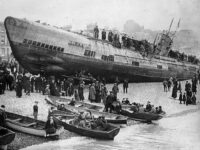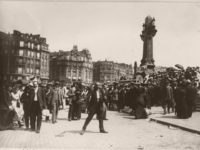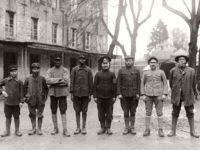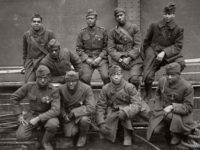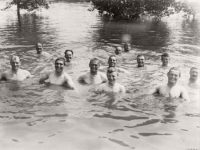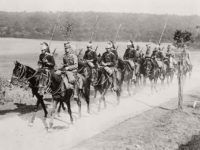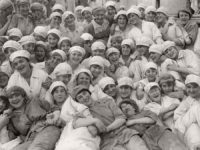Vintage: WorldWar1 submarine U-118 at Hastings (1919)
U-118 was to be transferred to France, but while in tow from Harwich to Brest, in company with UB-121, in the early hours of 15 April 1919, she broke tow in a storm, and ran aground on the beach at Hastings in Sussex at approximately 00:45, directly in front of the Queens Hotel. Initially, there were attempts to displace the…

